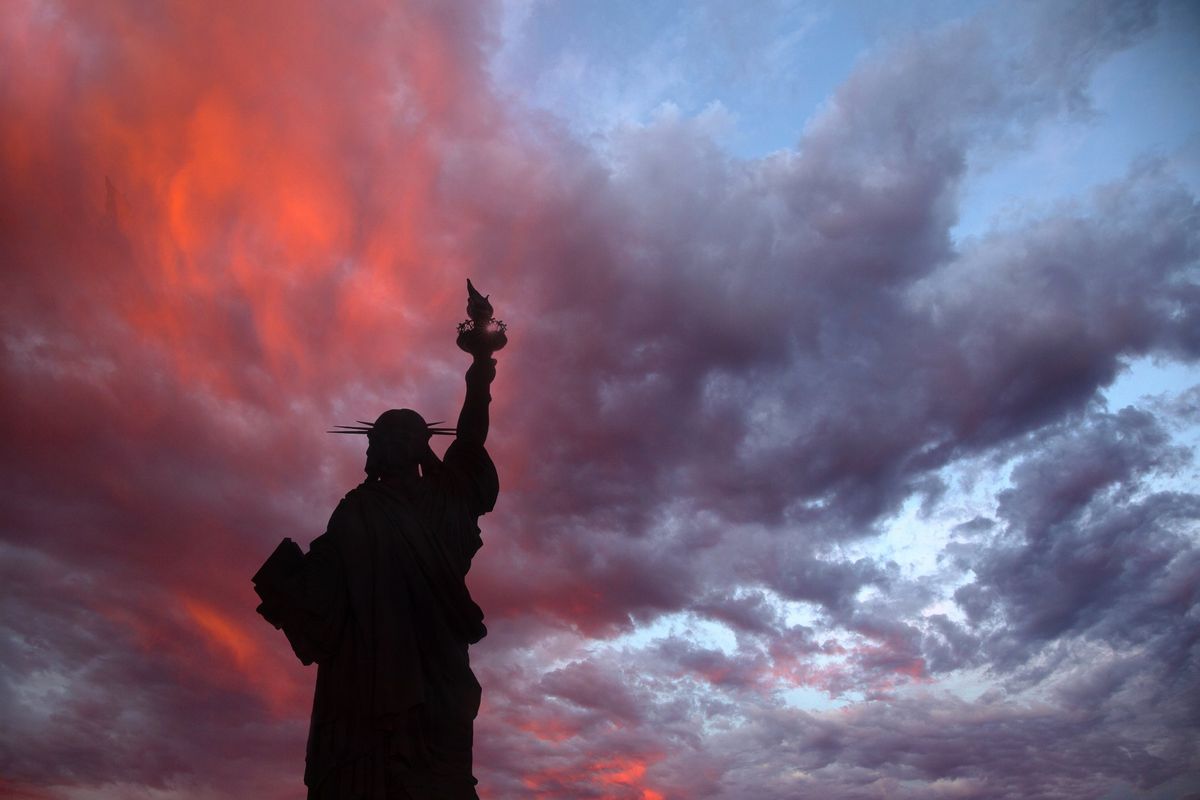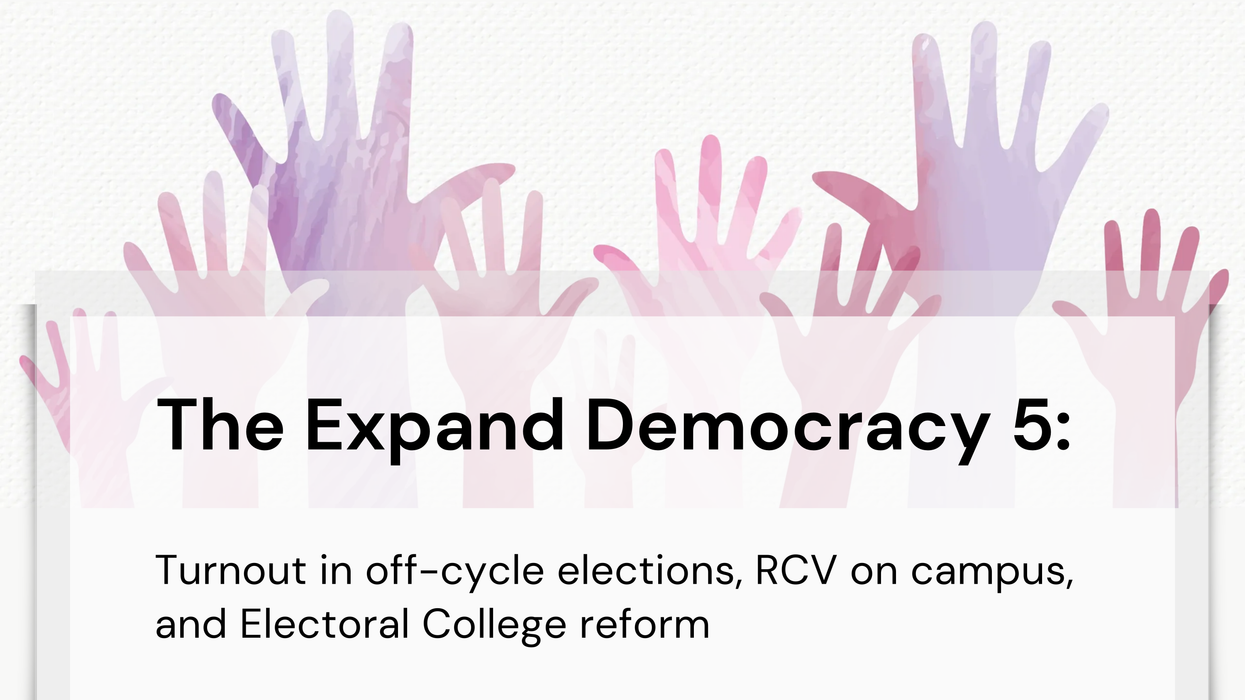Lisa K. Swallow is the co-founder and executive director of Crossing Party Lines, a national nonprofit creating an open dialogue between Americans with dissimilar ideologies. She has developed a series of workshops teaching the concepts, skills, and techniques for having civil, respectful conversations with people who view the world differently. Listening with a curious open mind is the cornerstone of her work.
Toxic polarization is wreaking havoc with our democracy, driving wedges between elected officials, alienating co-workers, and tearing friendships and families apart. It fuels the divisiveness between sides on almost every issue we face, from COVID causes to immunization; environmental concerns to global policy; abortion to gender rights. It is a wicked problem, characterized by animosity towards anyone who opposes our ideas about how to address the problems we care most about.
The term wicked problem may be new to many readers. According to Jon Kolko, author of Wicked Problems: Problems Worth Solving, a wicked problem is “a social or cultural problem that is difficult or impossible to solve for as many as four reasons: incomplete or contradictory knowledge, the number of people and opinions involved, the large economic burden, and the interconnected nature of these problems with other problems.”
Sign up for The Fulcrum newsletter
Sound familiar? Kolko goes on to say, “These problems are typically offloaded to policy makers, or are written off as being too cumbersome to handle en masse. Yet these are the problems—poverty, sustainability, equality, and health and wellness—that plague our cities and our world and that touch each and every one of us.” While Kolko does not include polarization in his list of wicked problems, it fits the criteria perfectly.
Over the past few decades, some of our brightest minds have turned their attention to the problem of toxic polarization. The PEW Research Center tracks a range of indicators from ideological uniformity and Congressional voting patterns to attitudes. Political scientists study its impact on the health of our democracy. Neuroscientists examine the relationship between polarization and the brain. Psychologists explore beliefs and behaviors that contribute to it. Educators are asking how they can better prepare our young people to either survive or reduce it.
Meanwhile hundreds of organizations have found ways to translate researchers’ insights about the causes and contributing factors of polarization into interventions designed to address this wicked problem. Recognizing that despite their different approaches, all these organizations are striving to bridge the divides that are tearing us apart, this work has come to be referred to as “Bridging.”
At present, the bridging community is comprised of more than 500 organizations. Some offer opportunities to observe debates or discussions, others to watch documentaries or films portraying bridging in action. Some teach skills and concepts that make talking with the “other” possible, while others offer opportunities to participate in conversations across differences by providing conversation guides or facilitated gatherings. Many bridging organizations offer more than one of these approaches.
To anyone questioning the investment of time, energy, and money into reducing toxic polarization, this may appear as a shot-gun approach. They may wonder why we don’t focus all our energies on one tried-and-true solution. The problem is, because toxic polarization is a wicked problem, there is no single solution. According to Horst Rittel who popularized the concept of wicked problems, “Solutions to wicked problems can be only good or bad, not true or false. There is no idealized end state to arrive at, and so approaches to wicked problems should be tractable ways to improve a situation rather than solve it.”
Framing bridging as a wicked problem helps us recognize the value in having a wide range of solutions. Rather than seeing our collection of work as a shotgun approach, we can appreciate the way each offers its own piece of the puzzle. What really differentiates our collective work from a shotgun approach, though, is the reliance on science and proof. To ensure that we are investing in work that is bringing about positive change, the Bridging Movement Alignment Council (BMAC) has designed the Social Cohesion Impact Measure (SCIM) tool for measuring the impact of individual interventions. This follows closely on the heels of last year’s Strengthening Democracy Challenge, a mega study funded by the Civic Health Project and others that tested over 250 interventions and proved the effectiveness of many of the approaches used by these organizations today.
Kolko advises us that to solve wicked problems we must "design with versus design for." The National Week of Conversation (NWOC) is an example of the bridging field doing exactly that as we invite all Americans to work with us to solve America’s overarching wicked problem. NWOC is YOUR opportunity to discover how you can play a part in reducing toxic polarization.
Over 100 bridging organizations will be hosting events during the week of April 17-23 and posting them on CitizenConnect.US, where you can explore a wide range of experiences that will help you become part of the solution rather than part of the problem.
·Do you want to learn more about what bridging is and why it matters? Sign up for one of the many speaker events or panel discussions.
·Do you want to see bridging in action? Join us for a screening of a bridging-related documentary or watch a debate between civil, respectful, thoughtful people who happen to be on different sides of the political spectrum.
·Do you want to experience a new way of talking politics, one that is civil and respectful and often fun? Participate in one of the many conversations hosted by bridging organizations, choosing the formats and topics that appeal to you most.
·Do you want to develop skills that will help you navigate difficult conversations in real life? Attend one of the many workshops teaching skills and concepts that have been proven to improve the chances that your next difficult conversation will be more productive than your last.
What all these experiences have in common is a focus on reducing toxic polarization through listening and connecting with people who view the world differently than you do. Through conversation.
The National Week of Conversation is risk-free. It offers seven full days of programming. – a smorgasbord of opportunities that you can sample for free. Most are virtual, allowing you to help address one of our country’s most wicked problems from the comfort of your own home.




















